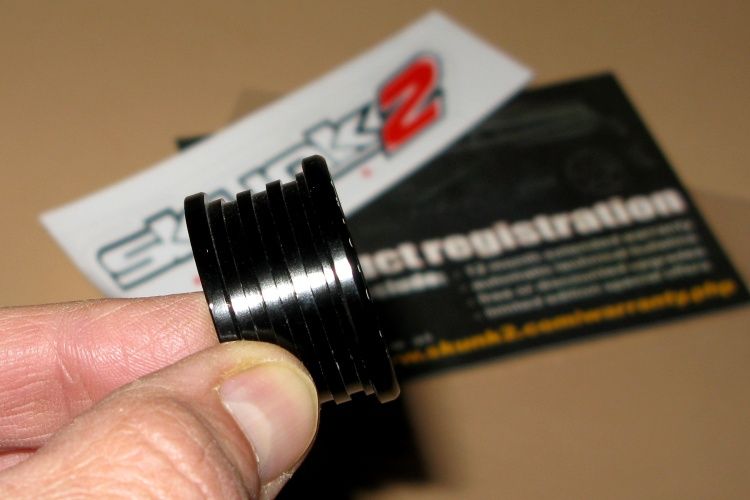Thanks for the warning about the bolts, I am REALLY hoping in that location they will not be rusted. I have already snapped a couple on this car, despite liberal use of PB Blaster and Liquid Wrench.
Some of the 6-mm bolts on this car were not good quality steel. Not all of them, but some. For example, the bolts with published torque specs which hold critical parts all came out OK, but some in non-critical locations subject to rust come out with bad threads.
I have to chase almost every thread exposed to weather, and replace almost every bolt. Some will have to be drilled out, and retapped to 8-mm or replaced with rivet nuts eventually, but right now I don’t have the time for that… 
It will take a week to get the second plug, but I am up to my ears in other repairs and maintenance, so thats ok.
Opinions on the FPR solenoid seem to vary. Here’s what I found when I was researching it:
Integra Fuel Pressure Regulator Control Solenoid Valve
…not just for starting the motor but also for idling and low load conditions when the motor is heatsoaked…
The intake air temp sensor (IAT) reads artificially high when the engine has been shut off and restarted a short time after due to the high underhood temps and no airflow around the sensor. This causes the ECM to deliver less fuel causing the engine to run too lean until enough air passes around the IAT to bring it down to normal temperatures. The ECU uses this solenoid to allow the FP regulator to see atmospheric pressure instead of vacuum pressure increasing fuel pressure to overcome the momentary lean conditions on a hot restart…
I don’t think doing a test of how the car re-starts and runs on a hot day will do any harm. All you have to do is unplug the connector, drive the car until the engine is good and hot, stop and turn off the engine, wait a minute or two, and try to start it again. If it takes more than the normal few cranks to start, you know the answer.
I can’t do a fair test in Wisconsin, but I did drive and start the car for a few days with the solenoid disconnected, and did not notice anything different under normal daily temps.
